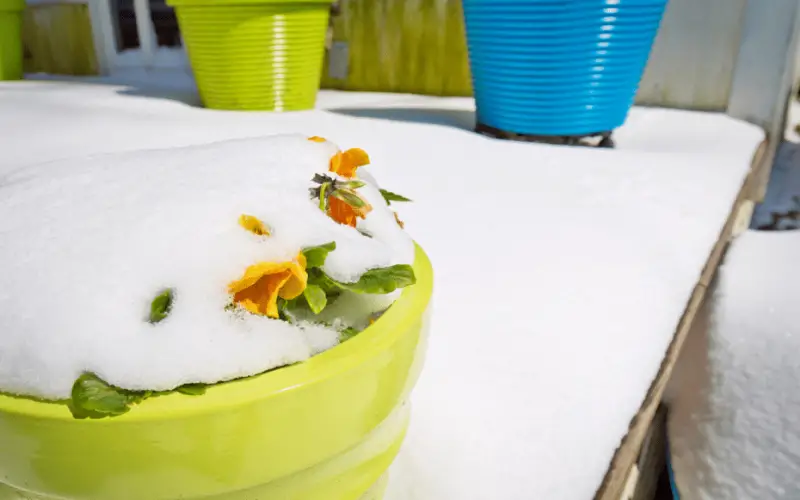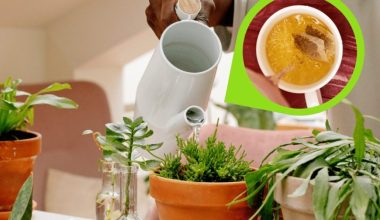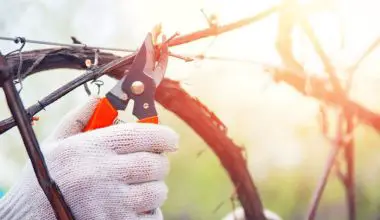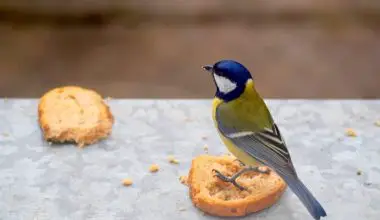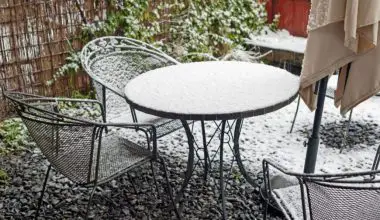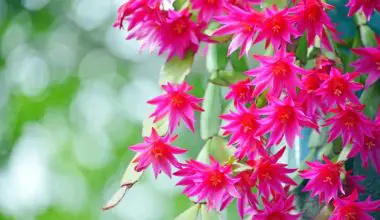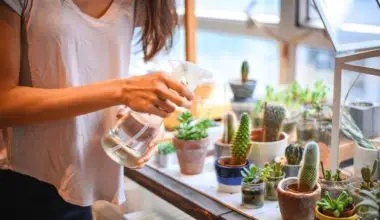Posted on Dec 13, 2023 at 6:03 pm by James T
As the winter season approaches, it is essential for gardeners to protect their pots and planters from the effects of cold and frost. We will provide you with tips and tricks to properly prepare your containers based on their material and resistance to weather conditions.
Table of Contents
Fragile pots: bring them indoors safely
Some types of pots are very sensitive to cold and need to be brought indoors to shelter from thermal shocks. To know where and when to shelter your plants sensitive to frost in winter, consult our practical advice. This is the case for:
- Terracotta pots: Water seeps into the pores of this material, increasing the risk of bursting when it freezes.
To protect them, it is necessary to bring them indoors or place them in a frost-free location.
- Ceramic pots: Often glazed on the outside but not on the inside, they are likely to crack when moisture seeps in and freezes.
These delicate pots should also be protected during winter.
Make your voice heard – share our articles and support free access to information.
Resistant pots with some precautions
Other types of pots can withstand the harshness of winter but still require certain precautions to extend their lifespan:
- Plastic pots: Although they are not sensitive to water, their quality affects their resistance to freezing. Their main problem is premature aging caused by prolonged exposure to sunlight. By bringing them indoors for winter and protecting them from the sun for several months, you can extend their lifespan by one to two years.
- Metal pots: These containers withstand the cold very well and can stay outside all winter. However, some metals can oxidize or rust over time. It is advisable to empty them of soil and bring them indoors to slow down this process. For optimal maintenance, clean them in autumn and apply a cloth soaked in oil.
- Wooden planters: Their resistance to frost is quite good, but it is recommended to empty them halfway to prevent the expansion and contraction of the soil from weakening their joints. In addition, prolonged contact with damp soil can cause wood rot. To maximize their lifespan, empty them every winter and apply a waterproofing product such as linseed oil or marine varnish every 3 or 4 years.
- Concrete pots: They withstand the cold quite well, but the expansion of moist soil can cause cracks. Due to their weight and limited maneuverability, it is difficult to move them indoors. Instead, take care to empty them and protect them from frost as much as possible.
- Geotextile pots (Smart Pots): These innovative containers are highly resistant to winter conditions and can be left outside without fear of cracks or bursting. They are an excellent solution for gardeners who do not want to bring their pots indoors every year.
Conclusion: appropriate maintenance to extend the life of your containers
In summary, protecting your pots and planters from the harmful effects of winter is essential to preserve their lifespan.
Depending on the material of your containers, adapt your strategy: sheltering for the most fragile ones, partial emptying and specific maintenance for the others. This way, you can enjoy beautiful pots in good condition when the sunny days return.
